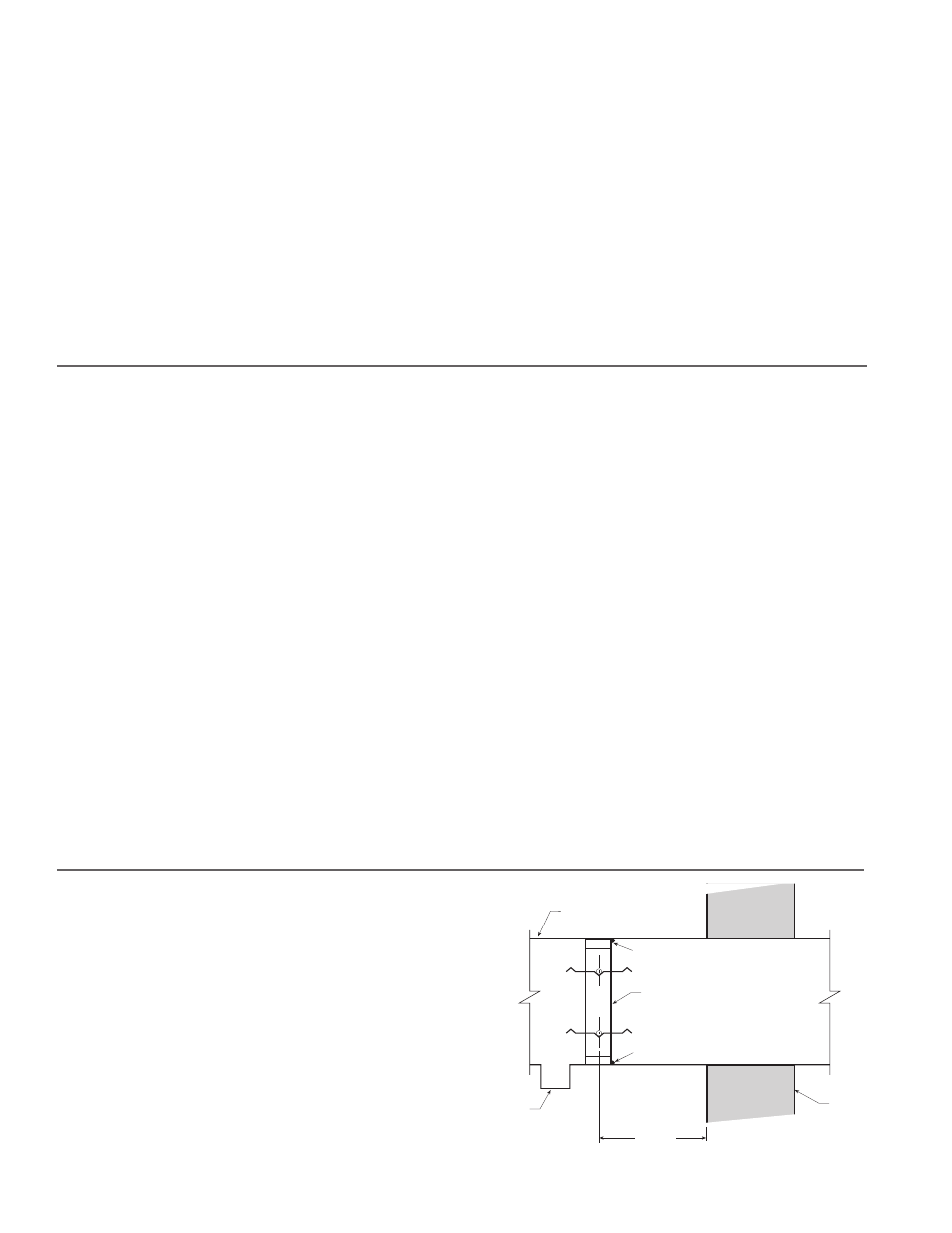Greenheck Leakage Rated Smoke Dampers - SMD, SMDR, SSSMD Series (461338) User Manual
Page 2

1. SMOKE DAMPER REQUIREMENTS
Smoke dampers are required to close and prevent the
passage of air and smoke through ducts or ventilation
openings in smoke barriers. Smoke dampers are also
applied in engineered smoke control systems to establish
air pressure differentials and thereby prevent the spread of
smoke.
2. LOCATION OF DAMPER IN DUCTWORK
Place the damper assembly in its proper position relative
to the barrier as shown (in Figure 1). The plane of the
closed damper blades must be within 24 in. (610mm) of
the rated smoke barrier and before any duct inlets or
outlets.
2
Table of Contents
Pre-Installation Guidelines .............................................................................................................................................2
Installation .....................................................................................................................................................................3
• Smoke Damper Requirements ....................................................................................................................................3
• Location of Damper in Ductwork ..............................................................................................................................3
• Attaching Damper to the Duct ...................................................................................................................................3
• Installing Multiple Damper Section Assemblies .......................................................................................................3
• Sealing the Installation ................................................................................................................................................3
• Actuator Connections .................................................................................................................................................3
• Connection and Operation of Open/Close Indicator .................................................................................................3
SMDR-XXX and SSSMDR Blade Orientation................................................................................................................4
Maintenance ...................................................................................................................................................................4
Troubleshooting ..............................................................................................................................................................4
Pre-Installation Guidelines
The basic intent of a proper installation is to secure the smoke damper in, not to, the opening or duct in such a manner as
to prevent distortion and disruption of damper operation. The following items will aid in completing the damper installation
in a timely and effective manner.
1) Lift or handle damper using sleeve or frame. Do not lift damper using blades or actuators.
2) Damper (rectangular) has label on outside of sleeve indicating a ‘No Screw’ area. Do not install screws into this
area as screws may interfere with unexposed blade linkage and prevent damper blades from opening and/or
closing.
3) Damper must be installed into duct or opening square (round) and free of twist or other misalignment. Damper
must not be squeezed or stretched into duct or opening. Out of square, out of round, racked, twisted or
misaligned installations can cause excessive leakage and/or torque requirements to exceed damper/actuator
design.
4) Damper and actuator must be kept clean and protected from dirt, dust and other foreign materials prior to and
after installation. Examples of such foreign materials include but are not limited to:
a) Mortar dust
b) Drywall dust
c) Firesafing materials
d) Wall texture
e) Paint overspray
5) Damper should be sufficiently covered as to prevent overspray if wall texturing or spray painting will be
performed within 5 feet of the damper. Excessive dirt or foreign material deposits on damper can cause
excessive leakage and/or torque requirements to exceed damper/actuator design.
6) Caulking is not necessary, however, may be applied to optional retaining angles.
7) The Code Authority Having Jurisdiction (AHJ) must evaluate and provide approval of final installation where
variations to these instructions are necessary.
24 in.
Max.
Ductwork
Duct Outlet
Smoke
Barrier
Sealant
Damper
Sealant
Fig. 1
Installation -
Failure to follow these instructions will void all warranties.